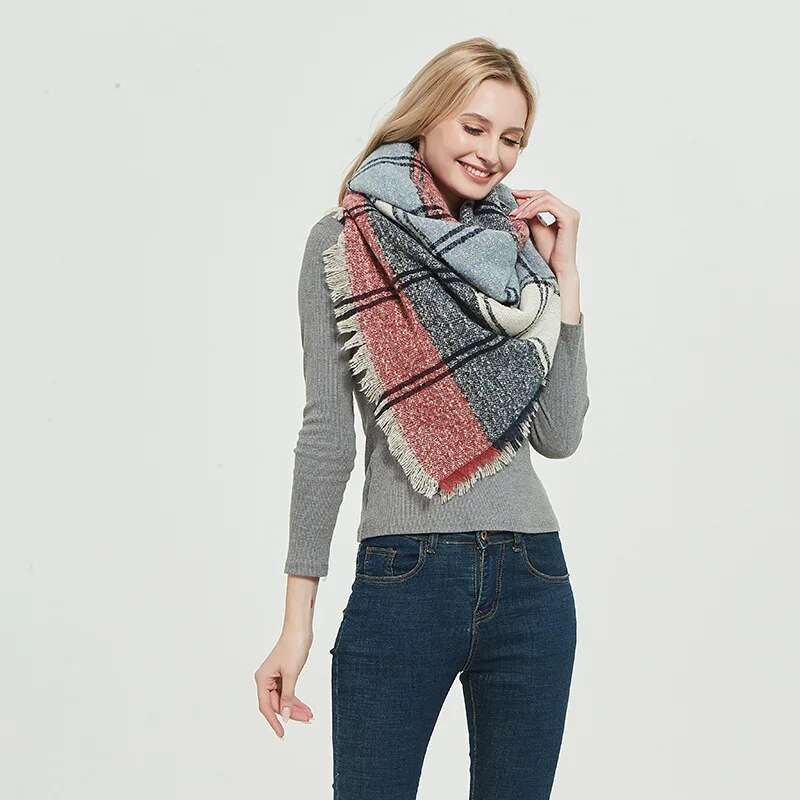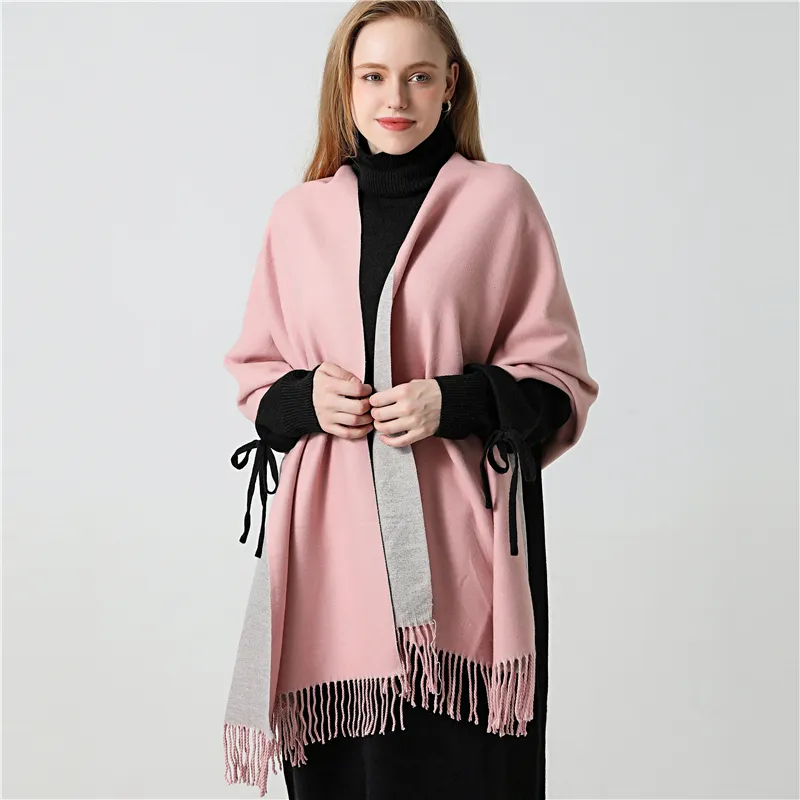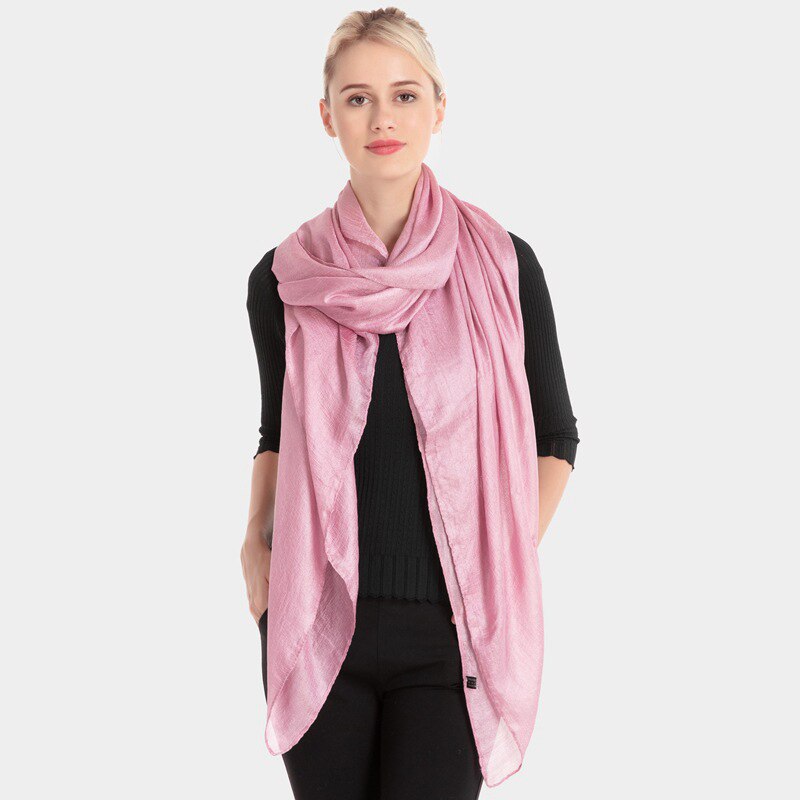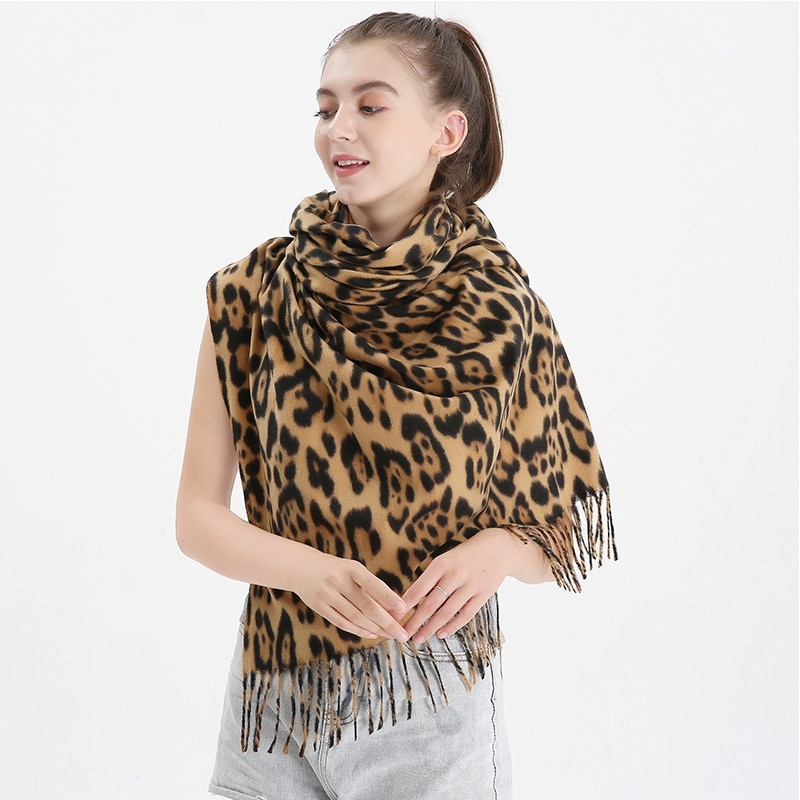
Winter scarves are not only cozy companions during the cold months but also versatile fashion accessories that can elevate your winter style. From classic woolen scarves to trendy oversized options, scarves come in various styles, colors, and materials to suit your personal taste and outfit. In this guide, we’ll explore how to choose the perfect winter scarf and style it to stay warm and fashionable.
1. Material Matters
Winter scarves are available in different materials, each offering its own level of warmth and style:
- Wool: Wool scarves are a classic choice, known for their warmth and durability. They come in various patterns, including plaid and cable-knit, adding a timeless charm to your winter outfits.
- Cashmere: Cashmere scarves are a luxury option, offering softness and exceptional warmth. They are a perfect choice for a touch of elegance.
- Fleece: Fleece scarves are lightweight, soft, and perfect for those who prefer a cozy feel without the bulk. They’re also available in a wide range of colors and patterns.
- Oversized Scarves: Oversized scarves, often made from acrylic or mixed materials, provide both warmth and a trendy, voluminous look. They are ideal for creating a fashion statement.
2. Choosing the Right Length
The length of your winter scarf can influence its styling options. Longer scarves are versatile and can be draped, looped, or knotted in various ways. Shorter scarves are great for a classic, snug fit around the neck.
3. Styling Options
- Drape Style: Let the scarf hang loosely around your neck for a relaxed and casual look. This style works well with oversized scarves.
- Infinity Loop: Infinity scarves are continuous loops that can be worn by looping them around your neck for added warmth and style.
- Classic Knot: Knot your scarf in a classic way by folding it in half and pulling the ends through the loop.
- Shawl Style: In extremely cold weather, you can also drape your scarf over your shoulders and wear it like a shawl for extra warmth.
4. Coordination and Color
Coordinate your scarf with your winter coat, hat, and gloves for a polished winter look. You can either match the colors or choose complementary shades to create an appealing contrast.
5. Versatile Accessory
Winter scarves are versatile accessories that can enhance various outfits, from casual to formal. They can be paired with jeans and a sweater or draped elegantly over a coat or jacket for a more formal occasion.
6. Caring for Your Scarf
To keep your winter scarf looking its best, follow the care instructions on the label. Most scarves can be hand-washed or gently machine-washed. Ensure they are thoroughly dried before storing to prevent mildew.
Conclusion
A winter scarf is not just a functional accessory but also a stylish addition to your cold-weather wardrobe. Whether you prefer the classic warmth of wool, the luxury of cashmere, or the trendiness of oversized scarves, you can stay warm and fashionable throughout the winter season. By considering material, length, and styling options, you can choose and style the perfect winter scarf to enhance your winter style.



